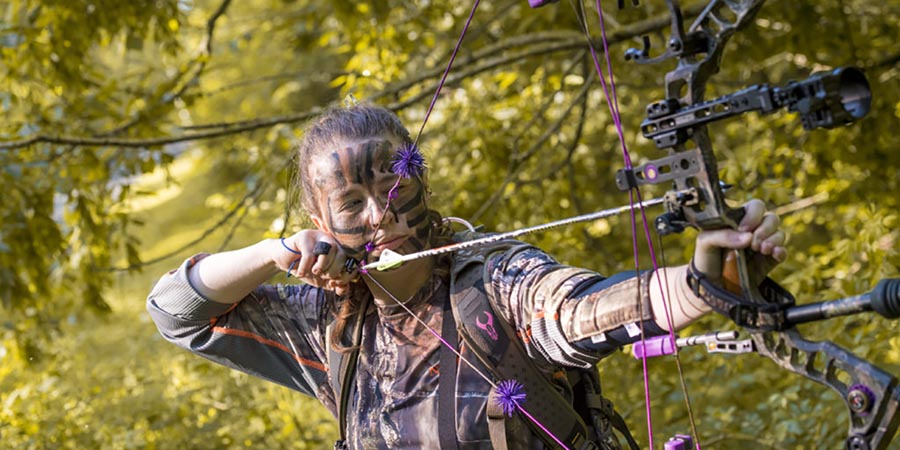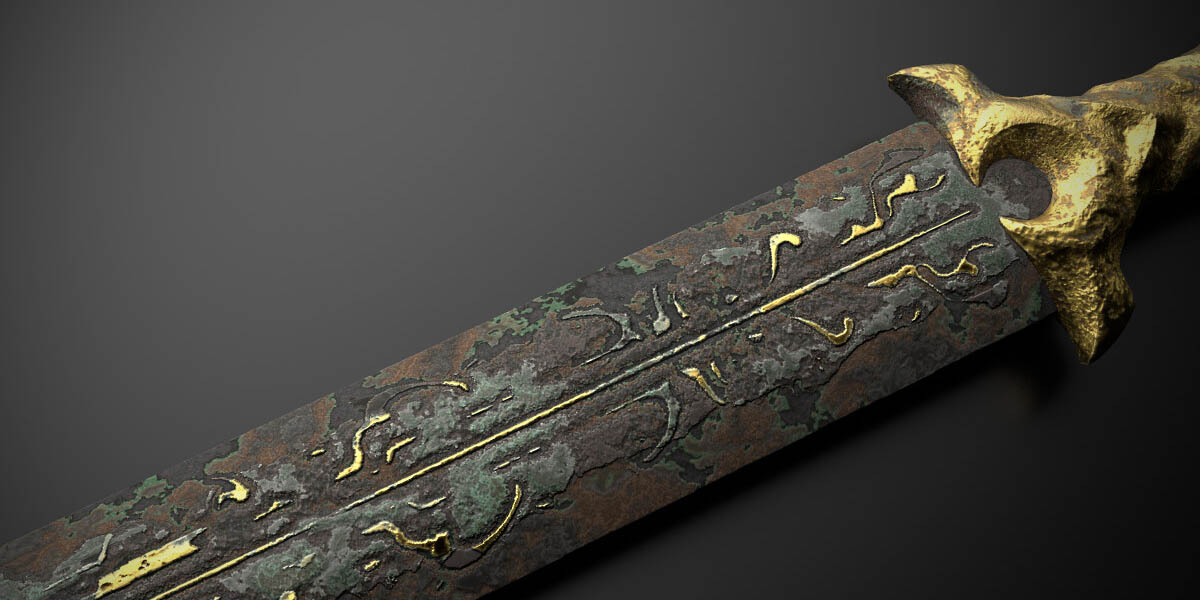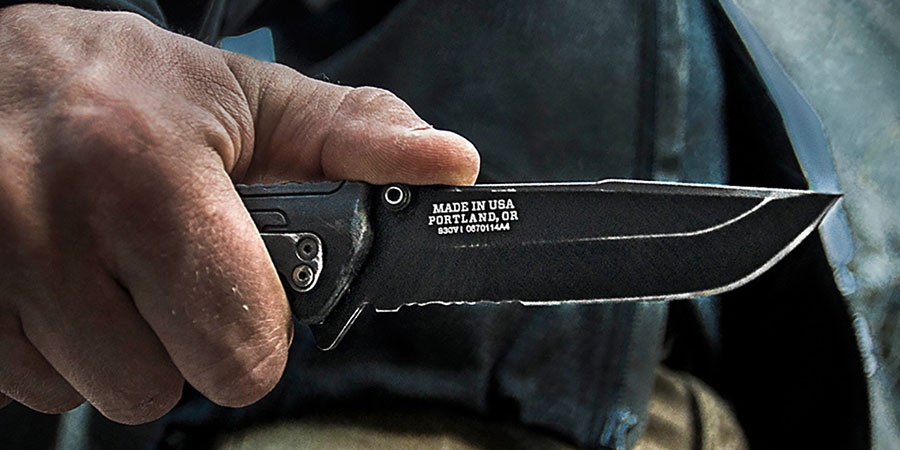The axe is one of humanity’s oldest companions — a simple idea that shaped our survival long before written history ever showed up. Early people crafted rough hand-axes from chipped stone and strips of rawhide more than a million and a half years ago, and those early creations served every purpose imaginable: digging out stubborn roots, cutting firewood, preparing animals for food, and, during darker moments, fighting off enemies and wild creatures. As time rolled forward into the Bronze Age, metalworkers began shaping double-bitted axes specifically for war, making them sharper, stronger, and far more dangerous. Then, many centuries later in 19th-century Pennsylvania, European settlers popularized the same double-bit style as a practical tool for felling trees and carving out farmland in the new world.
Picking a compound hunting bow that truly fits both your body and your hunting style is one of the most important gear decisions you’ll ever make. You don’t just carry a bow for a weekend and put it away; you live with it through an entire season, across long hikes, cold mornings, and the few heart-pounding seconds that determine whether you come home with a tag filled or an excuse ready.
When a bow matches a hunter properly, it almost stops feeling like equipment and starts feeling like part of your body. It comes to full draw smoothly, settles naturally on target, and works with your form instead of fighting against it. That “perfect fit” translates directly into better efficiency, better control, and ultimately better shooting when it matters most.
Men have been cutting, slashing, and stabbing one another for thousands of years. As soon as people figured out how to shape metal instead of stone or bone, they started turning that knowledge into weapons. The first true swords are believed to have appeared roughly 3,700 years ago, and from that point on, bladed weapons evolved side by side with armor, tactics, and military technology.
Who makes the best pocket knife? It’s a question people usually ask long before they’re ready to spend real money on a blade, and it’s a fair one. A genuinely well-crafted knife feels alive in your hand—it glides through material with a smooth rocking motion, stays balanced without effort, and carries a certain confidence that cheaper blades never quite manage. High-quality knives rely on strong carbon steels rather than brittle stainless blends, resist dulling even after serious use, and reward the owner with years of trustworthy performance. Anyone who has experienced a great blade knows the feeling: the right knife can make its user genuinely happy, whether it’s on the trail, in the workshop, or performing everyday tasks.



